News & Articles
Browse all content by date.
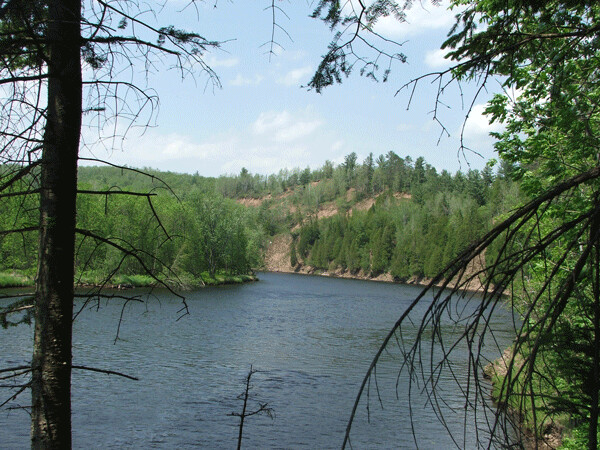

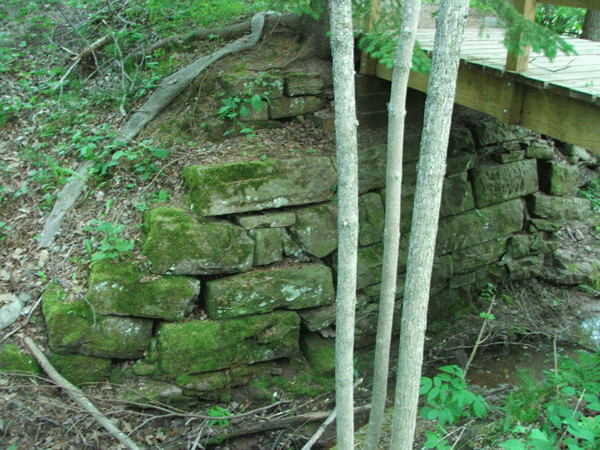
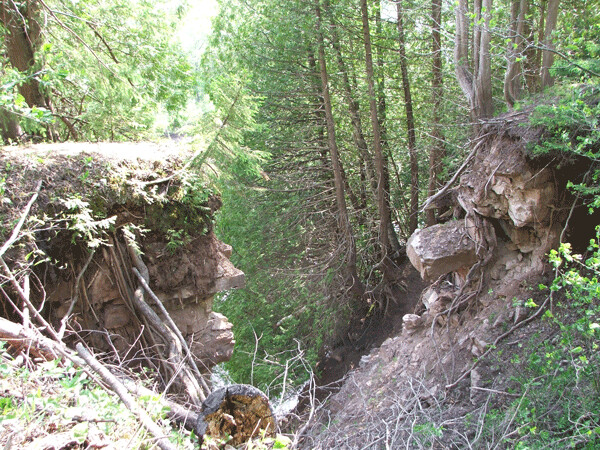
Duluth’s first train arrived from St. Paul on August 1, 1870, on the newly-constructed Lake Superior and Mississippi Railroad. The completion of this vital transportation link was a turning point in the history of Duluth. Before the railroad, Duluth was an outpost in the wilderness. After the railroad, it became a city.
Some people called the 154-mile LS&MR the “Skally line.” According to Frank Donovan in his 1950 book Mileposts on the Prairie, Swedish laborers worked on Duluth’s boats in the summer and on building the railroad in the winter. Because the boats paid more, each spring the Swedes looked forward to news that the ice had melted in the harbor. As soon as they heard that, they quit their railroad jobs and walked away “en masse,” saying something that sounded like “Skally go hoot” to their supervisors. What they were saying was “Skall ga till Duluth,” or “Going to Duluth.”
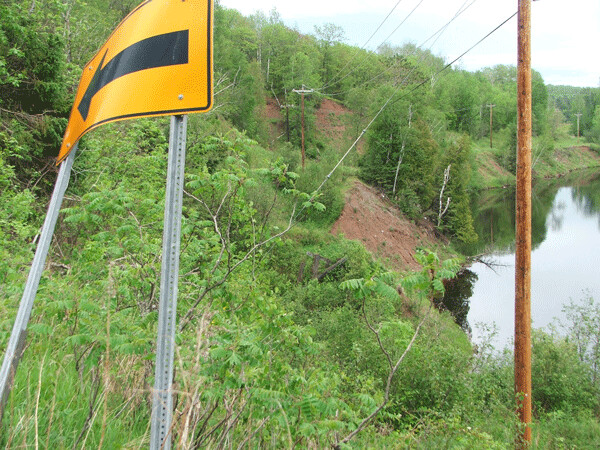
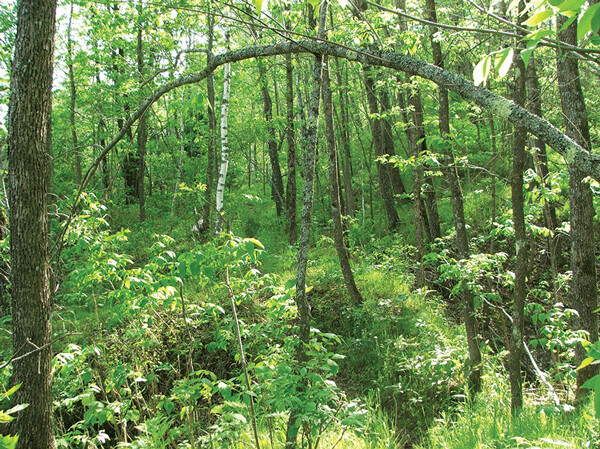
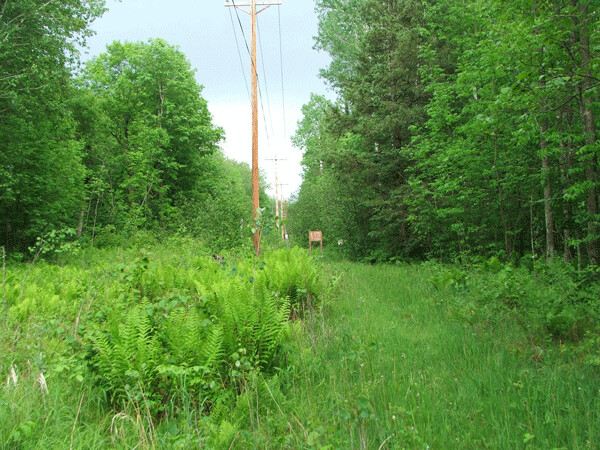
The Skally line was also used to refer more specifically to the seven-mile section of railroad between Thomson and Fond du Lac, where the train undertook its long descent from the high country down to Lake Superior. To ride that section must have been a harrowing experience. The line ran parallel with the St. Louis River, curving and winding with its curves, sometimes high above it, sometimes right next to it, across land so rough and wild that in the seven miles between Thomson and Fond du lac the Skally line crossed five trestles over stomach-dropping ravines. The clay cliffs that make the river such a scenic experience today presented real engineering challenges in the nineteenth century.
Mudslides were a constant concern. An 1870 newspaper account reports “a great tumbling in at Edwards cut, compelling the removal of 8,000 yards of earth.” In 1886 the railroad built a better route to Duluth, bypassing Fond du Lac entirely, and the Skally line’s business dropped off. When a trestle on the Skally line burned in 1894, the line was closed.

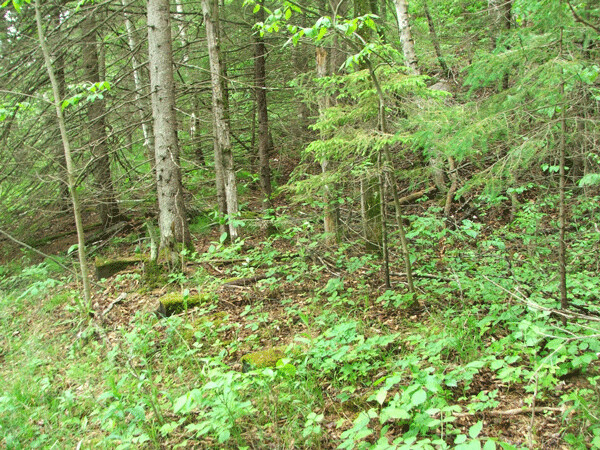




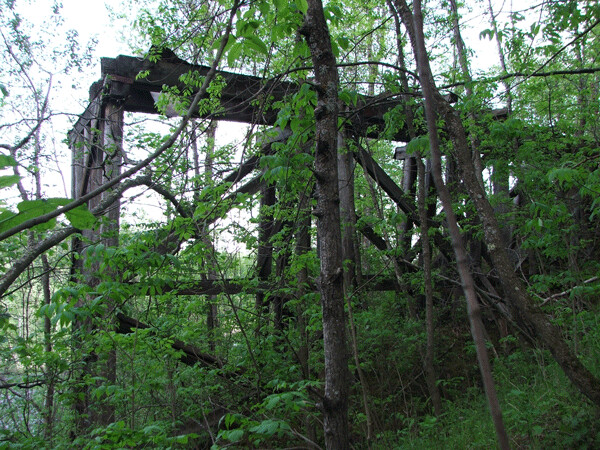

In 1905, three miles of the Skally line between Fond du Lac and the now-extinct town of Forbay were returned to service for a gas-powered trolley car, nicknamed the Mack. Residents of Forbay called riding the Mack “a frightening experience.” Gasoline trolleys traveled that portion of the Skally line for 44 years, finally ceasing operations in 1949.
Today, the last working remnant of the Lake Superior and Mississippi Railroad is a perfectly calm and flat six-mile stretch of rail along the St. Louis River waterfront between West Duluth and Boyscout Landing. Volunteers have operated a small train as a scenic tourist ride on those rails for nearly 40 years. Some of the rails date back to 1891. Currently, LSMR is facing a challenge to its existence—the city has proposed closing a large portion of their tracks, which could jeopardize their survival. I will have more to say about this complicated issue in the future. But today I would like to say more about the Skally line.
(1) The Skally line followed the river. (2) Those hillsides are so steep there’s only a few places it could go. (3) A railroad built in 1870 would certainly leave traces behind. (4) If you really wanted to find the Skally line, you could go out there and find it, right? Right?
Today, for your viewing pleasure, the Skally line—Duluth’s first railroad, enabler of the city.
Thanks to Zenith City Press and Ken Buehler for their information on the Skally line.
| Tweet |

